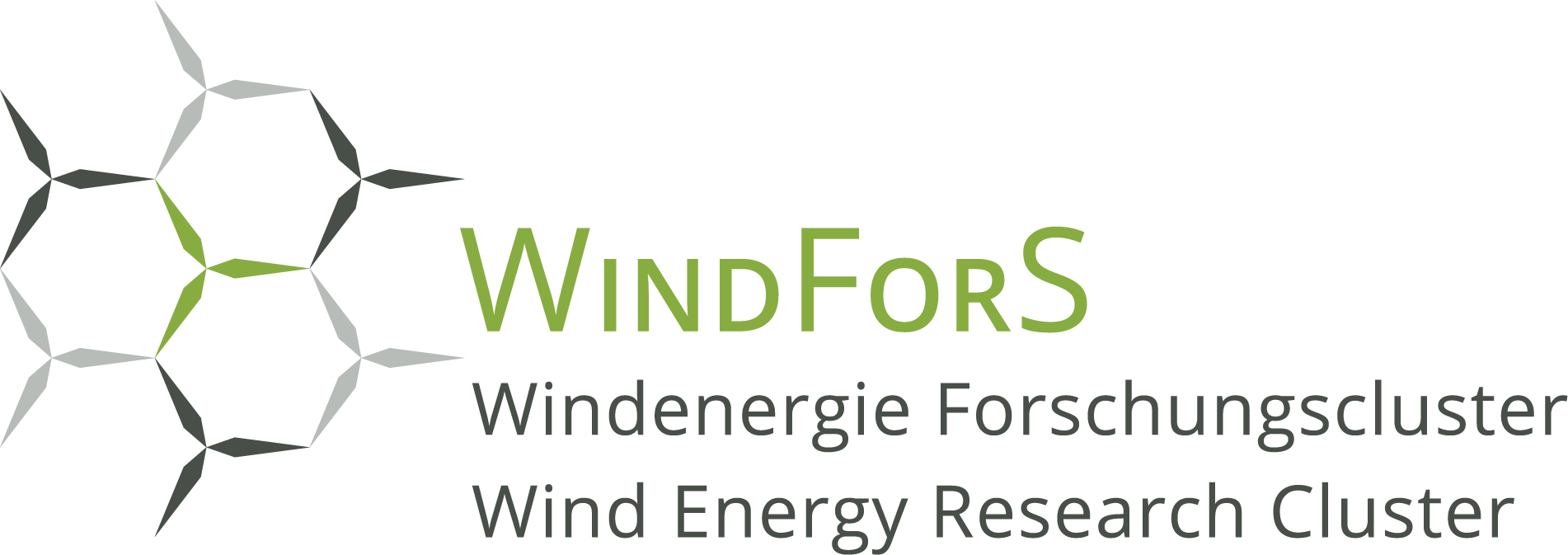How much noise is produced by Wind Turbines?
Wind turbines emit sound and vibrations. The TremAc joint project investigates how they are related and how they can be better predicted and reduced
Wind energy is to have a major share in the future renewable energy mix. The TremAc project, funded by the Federal Ministry of Economic Affairs and Energy (BMWi), will aim to improve planning, development and acceptance of wind turbines and to develop objective criteria for their emissions. To this end, experts will investigate the interaction between acoustic and seismic vibrations of wind turbines and plan to create a calculation model that includes both kinds of emission.
“We plan to compute the whole chain of effects from the turbine to the people living near it,” Theodoros Triantafyllidis explains, coordinator of the TremAc joint project and head of the Institute of Soil Mechanics and Rock Mechanics (IBF) at the Karlsruhe Institute of Technology (KIT). Within the framework of the TremAc project, one modeling chain is to integrate the calculation models for all vibrating turbine components and the turbine’s surroundings, i.e. rotating rotors, drive train, nacelle joints and tower structure, foundation and subsoil with several kinds of topographic terrain as well as wind flow, nearby residential buildings and working premises.
The scientists intend to measure acoustic vibrations in the atmosphere and seismic vibrations in the ground at both an individual wind turbine and a wind farm and then use the data to validate their calculation models. At the same time there will be interviews with residents with the help of psychological and environmental health questionnaires and subjectively perceived complaints will be correlated with objective measurements in buildings.
Up to now, noise emissions and their perception have mostly been investigated in isolation. “This approach is too limited to understand why neighbouring residents complain about adverse effects caused by wind turbines even if prescribed noise levels are met and, from a physiological point of view, the noise should not even be audible for humans,” Professor Triantafyllidis points out. That is why the TremAc project will focus on researching the interactions between airborne sound and structure-borne sound.
The coupled calculation models to be developed in the course of the project are intended to help improve emission prognoses for planned wind turbines and to define and continuously review realistic limit values taking into account turbine performance, distance to residential areas and topography. What is more, the researchers will take a close look at the interactions between individual turbine components and the causes of emissions and develop technical solutions for minimizing structure-borne sound and airborne sound. Also, the cooperation between experts from both engineering and the human sciences should help make evaluation criteria more objective.
The TremAc project (Objective Criteria for Vibration and Noise Emission of Inland Wind Turbines) was initiated by the southern German WindForS research cluster. It is funded by the Federal Ministry for Economic Affairs and Energy from 2016-2019. Partners include Karlsruhe Institute of Technology, the University of Stuttgart, the Technical University of Munich, the University of Bielefeld, Martin-Luther University Halle-Wittenberg and MesH Engineering GmbH, Stuttgart. Manufacturers and operators of wind turbines are to support the project.
More on this project can be found here.
